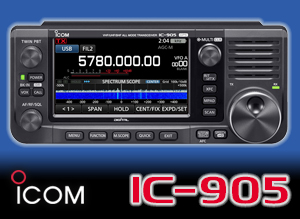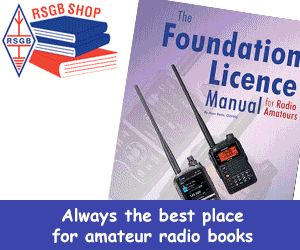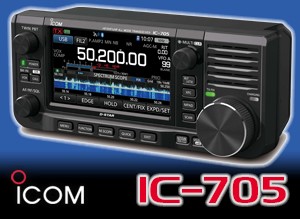HF bands
The HF bands are by far the most popular bands in the amateur service. Local contacts and world-wide propagation are all possible at almost anytime with careful selection of the right frequency for the time of day, time of year, and current state of the sunspot cycle. For specific characteristics of each band, click on the links below.
The 3.5, 7, 14, 21 and 28MHz bands are the bands where contests can be found. The 10, 18 and 24MHz bands, also known as the WARC bands, are kept free of contest activity by international agreement, which now also includes the 5MHz band.










